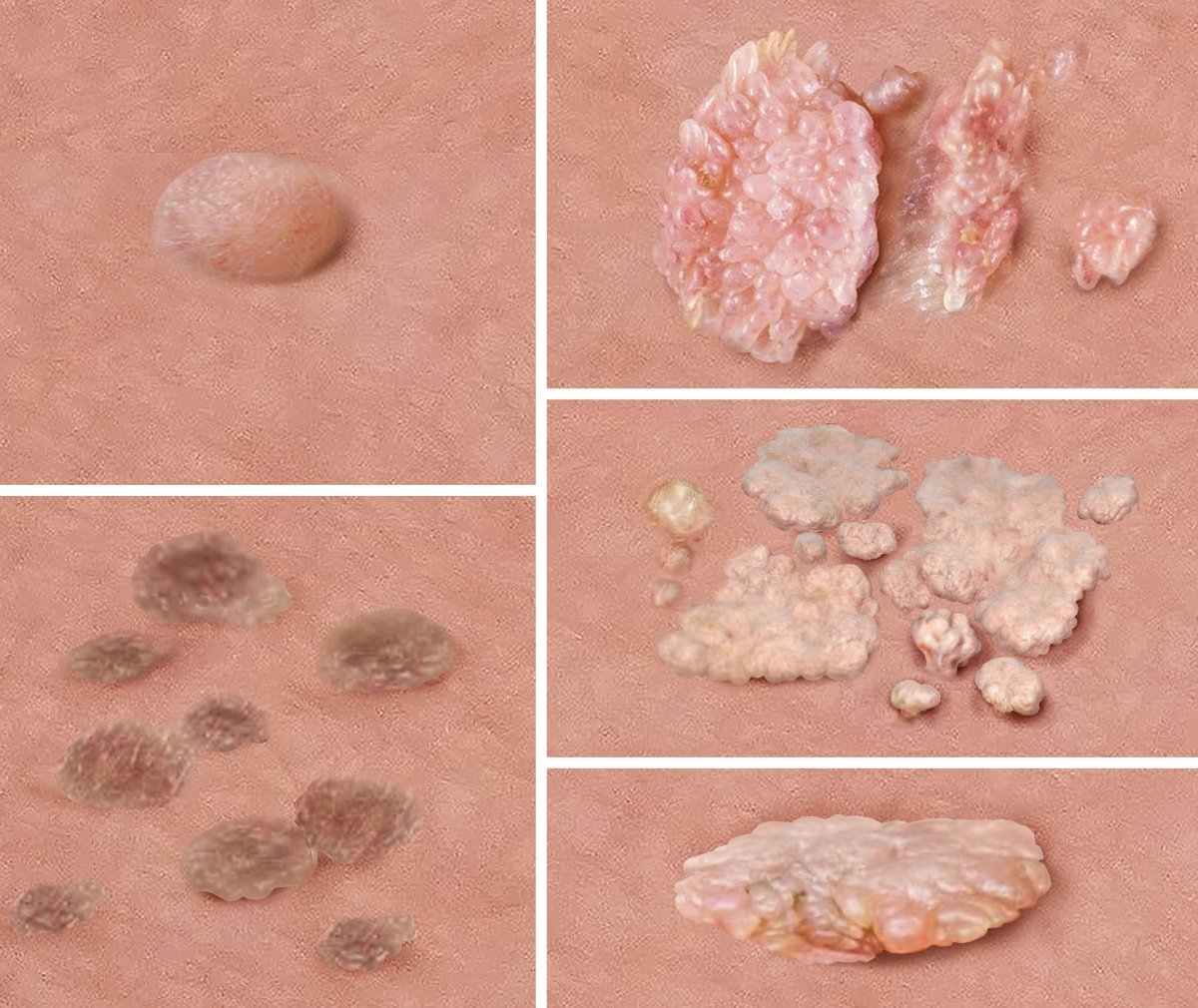Barton S, Wakefield V, O'Mahony C et al. Effectiveness of topical and ablative therapies in treatment of anogenital warts: a systematic review and network meta-analysis. BMJ Open 2019; 9(10): e027765.
Bergman H, Buckley BS, Villanueva G et al. Comparison of different human papillomavirus (HPV) vaccine types and dose schedules for prevention of HPV-related disease in females and males. Cochrane Database Syst Rev 2019; (11): CD013470.
Bertolotti A, Ferdynus C, Milpied B et al. Local Management of Anogenital Warts in Non-Immunocompromised Adults: A Network Meta-Analysis of Randomized Controlled Trials. Dermatol Ther (Heidelb) 2020; 10(2): 249-262.
Feng C, Li W, Wang X et al. A systematic review evaluating the efficacy and safety of a combination of ablative treatment and self administered treatment versus ablative treatment alone for external anogenital warts. Int J Dermatol 2020; 59(10): 1210-1216.
Gilson R, Nugent D, Werner RN et al. 2019 IUSTI-Europe guideline for the management of anogenital warts. J Eur Acad Dermatol Venereol 2020; 34(8): 1644-1653.
Henderson JT, Henninger M, Bean SI. Behavioral Counseling Interventions to Prevent Sexually Transmitted Infections: A Systematic Evidence Review for the U.S. Preventive Services Task Force. (AHRQ Evidence Syntheses; No. 192). 2020.
Jung JM, Jung CJ, Lee WJ et al. Topically applied treatments for external genital warts in nonimmunocompromised patients: a systematic review and network meta-analysis. Br J Dermatol 2020; 183(1): 24-36.
Liu Z, Nyitray AG, Hwang LY et al. Acquisition, Persistence, and Clearance of Human Papillomavirus Infection Among Male Virgins Residing in Brazil, Mexico, and the United States. J Infect Dis 2018; 217(5): 767-776.
Lukács A, Máté Z, Farkas N et al. The quadrivalent HPV vaccine is protective against genital warts: a meta-analysis. BMC Public Health 2020; 20(1): 691.
Nadarzynski T, Smith H, Richardson D et al. Perceptions of HPV and attitudes towards HPV vaccination amongst men who have sex with men: A qualitative analysis. Br J Health Psychol 2017; 22(2): 345-361.
Robert Koch-Institut (RKI). RKI-Ratgeber Humane Papillomviren. 2023.
Tejada RA, Vargas KG, Benites-Zapata V et al. Human papillomavirus vaccine efficacy in the prevention of anogenital warts: systematic review and meta-analysis. Salud Publica Mex 2017; 59(1): 84-94.
Villa A, Patton LL, Giuliano AR et al. Summary of the evidence on the safety, efficacy, and effectiveness of human papillomavirus vaccines: Umbrella review of systematic reviews. J Am Dent Assoc 2020; 151(4): 245-254.
Werner RN, Westfechtel L, Dressler C et al. Self-administered interventions for anogenital warts in immunocompetent patients: a systematic review and meta-analysis. Sex Transm Infect 2017; 93(3): 155-161.
IQWiG health information is written with the aim of helping people understand the advantages and disadvantages of the main treatment options and health care services.
Because IQWiG is a German institute, some of the information provided here is specific to the German health care system. The suitability of any of the described options in an individual case can be determined by talking to a doctor. informedhealth.org can provide support for talks with doctors and other medical professionals, but cannot replace them. We do not offer individual consultations.
Our information is based on the results of good-quality studies. It is written by a team of health care professionals, scientists and editors, and reviewed by external experts. You can find a detailed description of how our health information is produced and updated in our methods.


